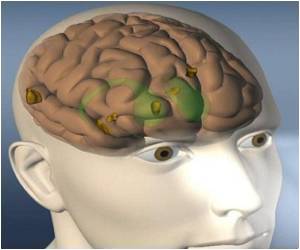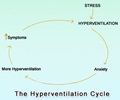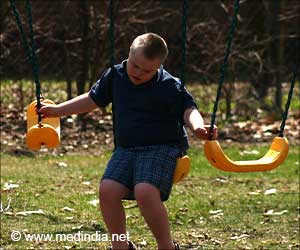Rehabilitation researcher Esmé French told the Canadian Stroke Congress today that telemedicine holds the key to the rehabilitation of people with stroke living in remote Canadian communities.

Those living in many northern communities – which include many Aboriginal residents − have limited, if any, access to stroke rehabilitation, says French, who works at Thunder Bay Regional Health Sciences Centre and is a professional associate with the School of Rehabilitation Studies at McMaster University.
French and her colleagues, physiotherapist Kirsti Reinikka and Dr. Maria Huijbregts, tested the use of telemedicine applications to make consultations with rehabilitation providers available to stroke survivors in these remote areas.
Over a five month period, 10 video consultations took place between stroke survivors and an interdisciplinary team of rehab experts which included a physiotherapist, an occupational therapist, a speech-language pathologist, and a social worker.
The stroke survivors had been discharged from hospital to communities in Northwestern Ontario where access to rehabilitation is severely limited or altogether absent. "The video technology removes the distance barrier and provides a practical alternative when direct services are not available," says French. "The experience was rated good-to-excellent by both patients and rehabilitation therapists."
The healthcare, community, and telemedicine partnerships were critical to the success of the program.
Advertisement
French points out that access to rehabilitation professionals is one piece in assuring that people in remote communities receive all aspects of care. "It's vital that community members have access to the full continuum of care, including screening, emergency care, and treatment," she says. "Look at what's possible by bringing a host of professionals to the community via telemedicine. We can take these learnings to other areas."
Advertisement
Risk factors and the Aboriginal population:
- Aboriginal people are twice as likely to die from stroke (71.5 per 100,000) than the general Canadian population (34.2 per 100,000);
- Aboriginal people are more prone to obesity with a risk just over 1.5 times that of the general population; the overall proportion of First Nations people considered overweight or obese is more than 20 per cent higher than of Canadians overall; and
- The rate of diabetes among Aboriginal people in Canada is three to five times that of the general population and there is a trend to early stage onset;
Source-Eurekalert














